For much of Yu-Gi-Oh’s lifespan, a major flaw associated with the TCG’s core gameplay loop had been the slow rate at which players developed their fields. Later decks experimented with new methods of rapidly summoning and fusing new monsters into play, culminating in the impressively powerful, yet mechanically nuanced, link system. Taking full advantage of link monsters, the Link Generation structure deck geared itself toward seasoned players who could make the most of modern and complex fusions.
Advantages: Strength in numbers
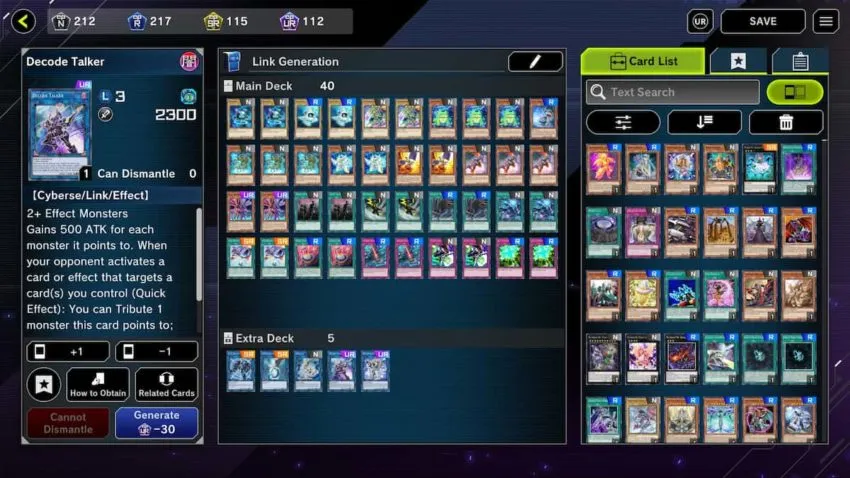
In essence, summoning a link monster is as simple as putting one and one together to make two — or, in this case, linking two separate standard monsters to fuse a link monster with a link rating of 2.
However, with each summoned link monster worth their link rating for the purposes of higher-leveled link fusions, players can procedurally combine link monsters and standard monsters to fuse even higher-rated link monsters, provided they can actively summon enough monsters to fuel these fusions.
Coupled with the Cynet Universe field spell that passively boosts the ATK of every active link monster on the player’s field by 300, the deck rewards players who can maximize their usage of these link monsters, reserving standard monsters for the explicit purpose of fusion rather than combat.
Related: The best handtraps in Yu-Gi-Oh! Master Duel (2022)
Disadvantages: Free-to-start
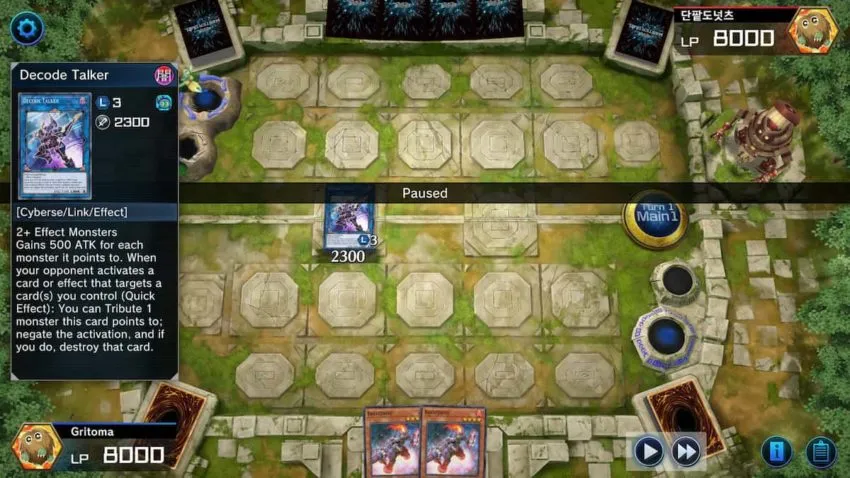
The viability of chaining link fusions is heavily dependent on what are casually known as “extenders,” or cards equipped to special summon weak standard monsters to the field. These cards benefit the link process in that they extend the limit of how many links can be performed by the player in a single turn.
By default, Link Generation lacks many of these extenders, relying almost solely on the likes of Cynet Cascade and Link Spider to special summon standard monsters — and in the case of these two cards, only in the event of a previous link summon.
In many cases, should the player’s hand run dry of extenders and monsters, it’s likely that, by the end of their turn, their front line would consist of mere Link Spiders and LANphorhynchus. These monsters, sporting an easily surmountable 1000 and 1200 ATK respectively, would eagerly wait for a passing stiff breeze to upend them, putting to waste the many cards spent in their summoning.
Therein lies Link Generation’s other major weakness — most of the link monsters included with the standard deck do not feature the true upside expected of their cost. Decode Talker, which can be successfully summoned in a single turn should fortune befall the player’s entire opening hand, still lacks the base ATK required to contest even moderately powerful bruisers.
Related: Konami investigating reports of cheating tools being used in Yu-Gi-Oh! Master Duel
Problem-solving: Link climbing and a few pointers
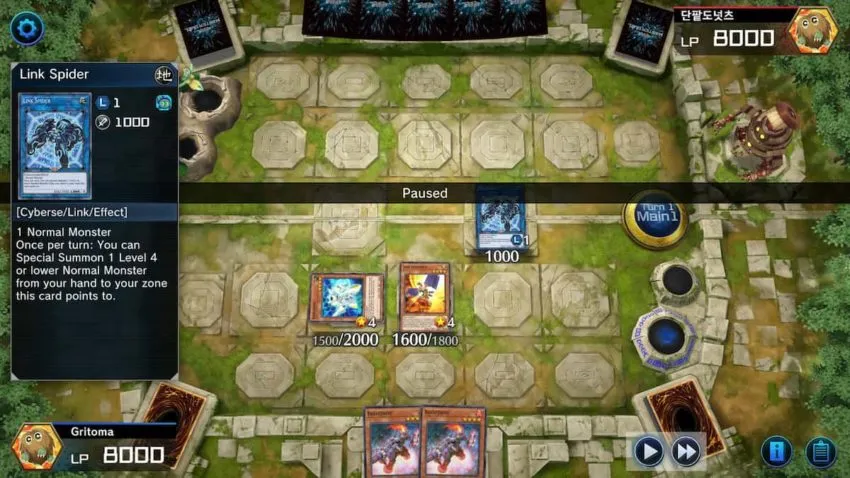
Playing with the standard Link Generation deck, players should favor opening hands with plenty of monsters. A great way to maximize the monsters available for linking is to prioritize playing the cards that will generate “token” monsters.
Tokens, while lacking in any true numerical power, can be spawned en masse and each count as a full standard monster for the purpose of linking. A few cards included with Link Generation specialize in producing tokens.
- Link Streamer – special summons one token for every monster summoned, normally or otherwise, while this card is active
- Spool Code – summons up to three tokens when the player is attacked directly, so long as the player’s graveyard holds three or more monsters
Players may also notice the red triangles arranged around the portraits of link monsters. These triangles indicate “pointers,” or the directions of the field slots in which their special effects happen. Pointer effects can take different forms.
- Link Spider – special summons a standard monster in the slot directly behind it
- Decode Talker – gains 500 ATK for each allied monster diagonally behind it, as well as the opposing monster directly ahead of it
Should the pitfalls of Link Generation’s fusions prove too complex for the average beginner, Gamepur recommends the simplistic and powerful fusions included with the Synchro of Unity structure deck.

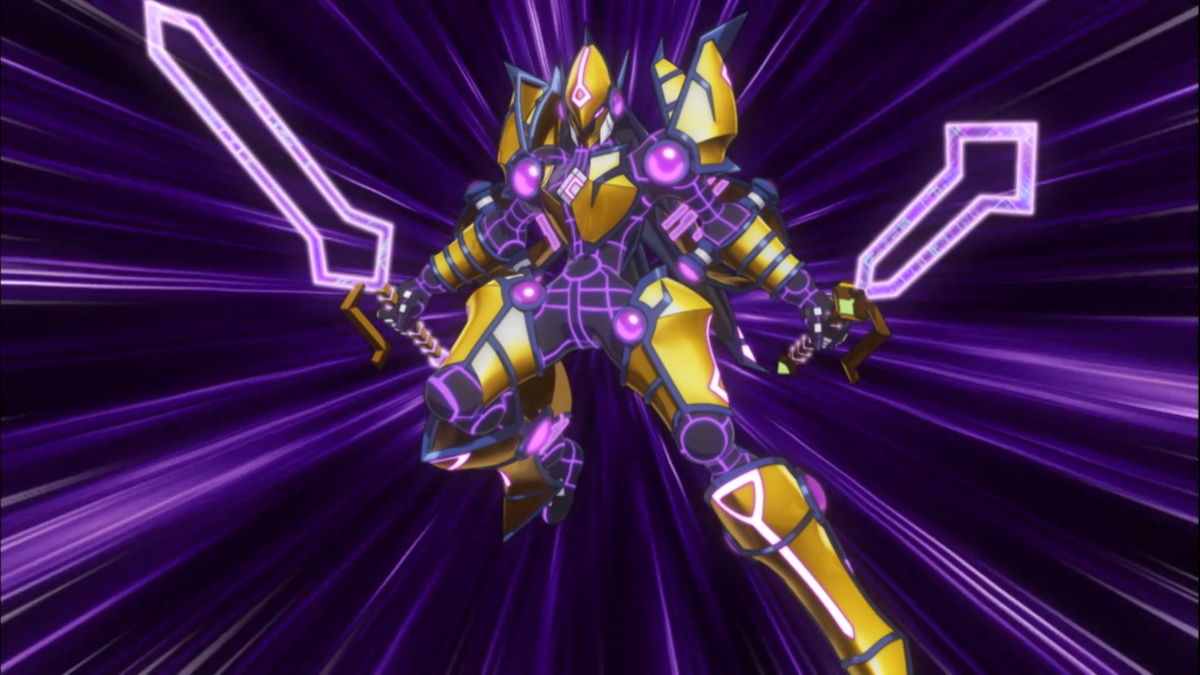
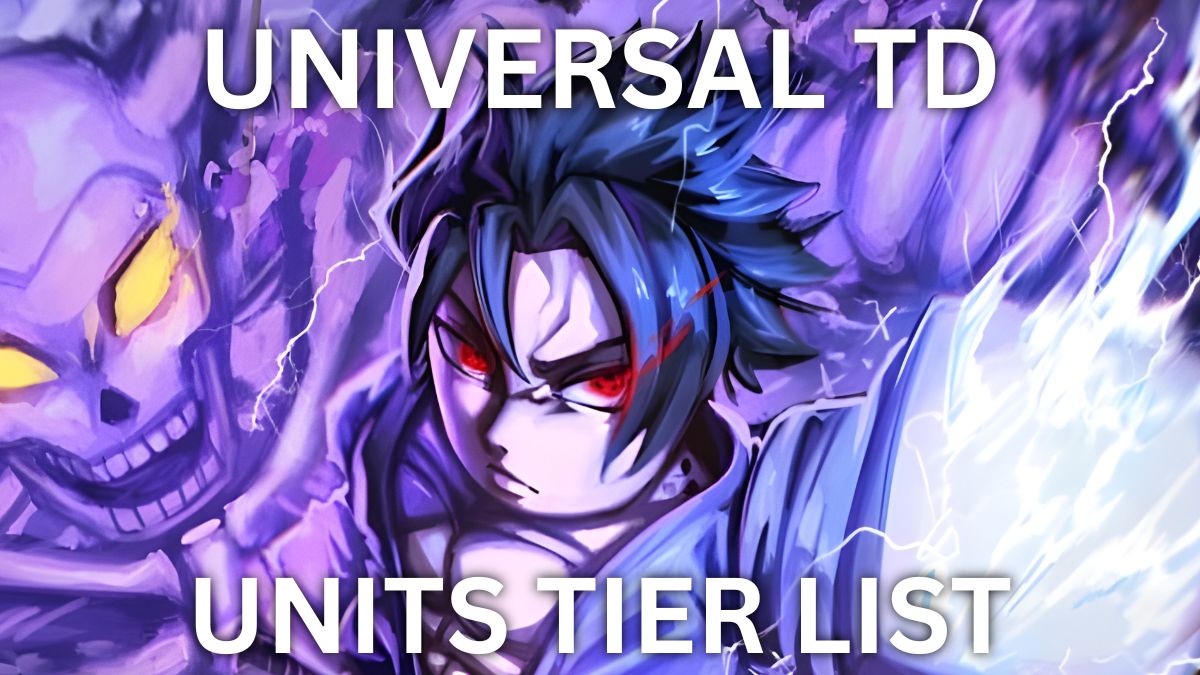
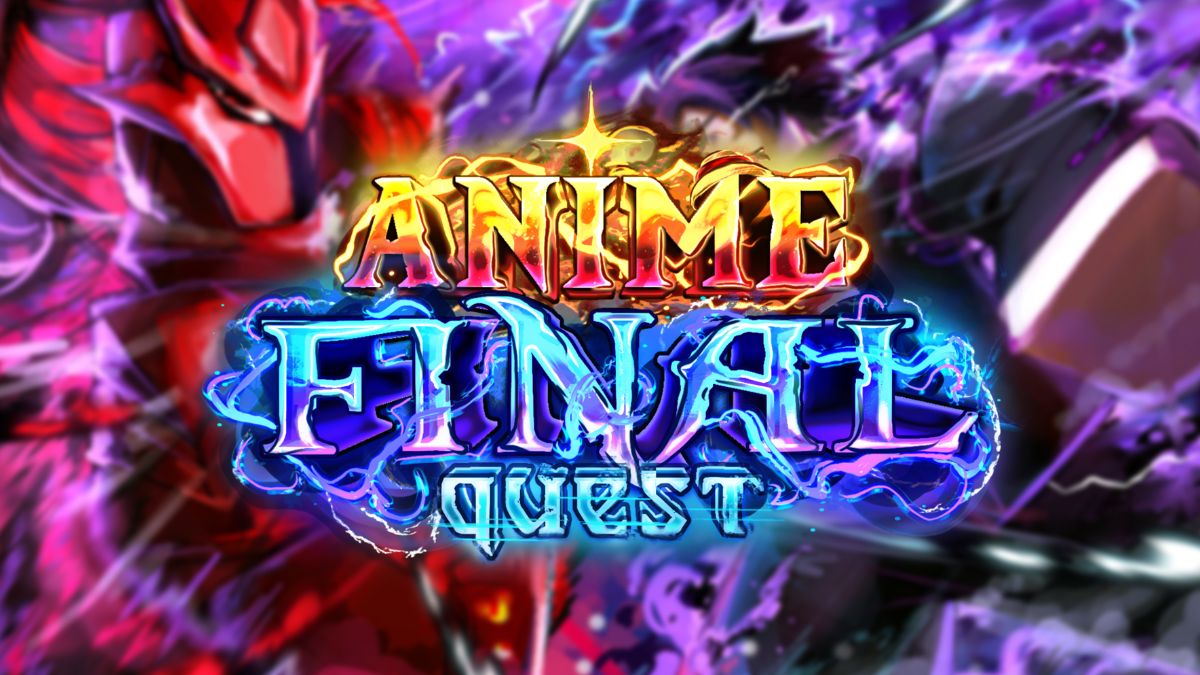




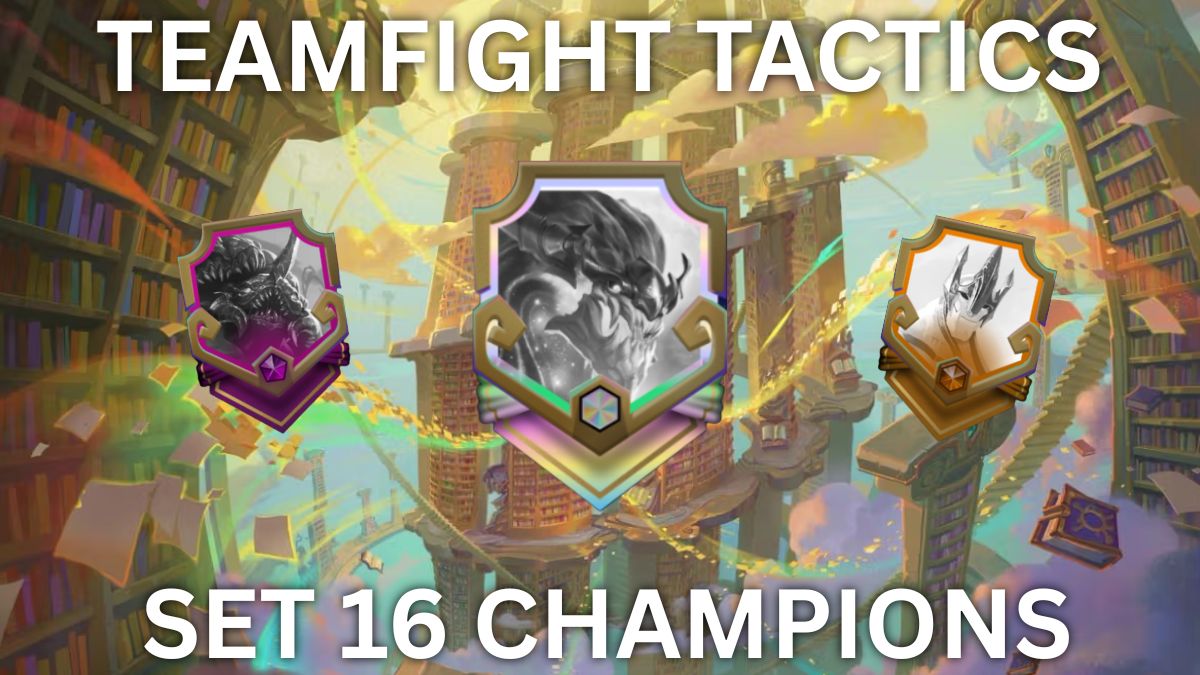

Published: Feb 13, 2022 07:17 am